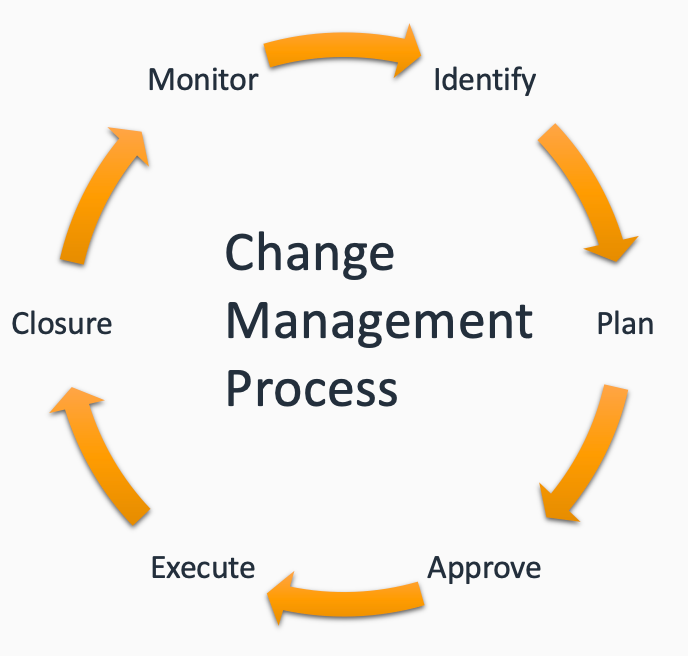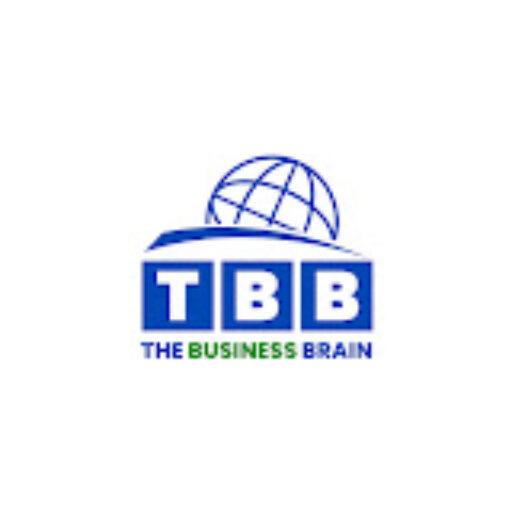In a Hybrid Work setup, employees alternate between working remotely and in the office. This model combines the flexibility of remote work with the collaboration benefits of office work. The shift towards hybrid models is driven by the need for flexibility, cost efficiency, and better employee satisfaction. Businesses are adopting this to improve work-life balance and boost productivity while cutting operational costs. However, there are challenges, such as maintaining team unity and managing remote teams efficiently.
Employee Feedback and Engagement
Engaging employees and seeking regular feedback is crucial to the success of hybrid work. Organizations must create channels for employees to share their thoughts and concerns about the new model. Incorporating various strategies, such as anonymous surveys and open forums, will ensure that decisions are data-driven and reflect the needs of the workforce. High engagement can lead to better morale, increased productivity, and smoother transitions to hybrid models.

Effective Change Management Plans
Transitioning to Hybrid Work Models requires effective change management. This involves clear communication, leadership support, and structured implementation plans. Change management ensures that employees understand the why and how of hybrid work, reducing resistance. Organizations should develop detailed plans that incorporate training, tech tools, and well-defined timelines to help employees adjust smoothly to new work practices.

Fostering a Culture of Trust and Collaboration
For Hybrid Work to thrive, fostering a culture of trust is essential. Without face-to-face interaction, trust can wane, affecting team dynamics and productivity. Techniques for building trust include maintaining transparency, setting clear expectations, and empowering employees. Collaborative tools and platforms like Slack, Microsoft Teams, and Zoom can bridge the gap between remote and in-office employees, ensuring that communication remains seamless.

Technology and Tools for Hybrid Work
The backbone of successful Hybrid Work Models lies in the right tools. Businesses need to invest in collaboration software, cloud storage, cybersecurity, and project management platforms. Tools for hybrid work must enable communication, data sharing, and project tracking regardless of location. Cloud-based systems and VPNs (Virtual Private Networks) are vital for secure access to work-related resources, while video conferencing tools like Zoom are essential for virtual meetings.

Balancing Flexibility with Accountability
One of the benefits of Hybrid Work is flexibility, but it must be balanced with accountability to ensure productivity. Leaders must set clear performance metrics and establish accountability frameworks. Encouraging self-management tools, such as daily check-ins, can also enhance accountability. Regular reviews of goals and achievements help ensure that employees stay aligned with organizational objectives.
Supporting Employee Well-Being
The mental and physical well-being of employees in a hybrid setting is paramount. Offering flexible schedules, mental health support, and creating spaces for downtime during the workday can significantly enhance employee satisfaction. Employees should feel supported whether they are working from home or in the office. Encouraging work-life balance through policies like no-meeting Fridays or flexible work hours helps reduce burnout.
Addressing Virtual Meeting Fatigue
With the rise of remote work, virtual meeting fatigue has become a common issue. Virtual meeting fatigue occurs due to the increased reliance on video calls, often resulting in employee exhaustion. To counteract this, businesses should limit the number of daily virtual meetings, keep meetings shorter, and encourage the use of alternative communication methods, like emails or instant messaging, when possible.
Training and Development in a Hybrid World
To adapt to the changing dynamics of work, training, and development must be a top priority. Hybrid workforces benefit from continuous upskilling, particularly in technology, communication, and project management tools. Organizations must offer digital learning platforms and online training modules that cater to remote and in-office employees. Regular professional development opportunities can keep teams competitive and engaged.
Adapting Leadership Styles for Hybrid Teams
Leaders must adapt their styles to accommodate the shift towards Hybrid Work. Managers should focus on outcomes rather than micromanaging processes. Leadership in a hybrid world involves trust, empowerment, and empathy. Leaders should encourage autonomy while remaining available for support. Virtual check-ins and open-door policies can help maintain rapport and morale in hybrid teams.
Performance Metrics and Evaluation
In Hybrid Work Models, it’s essential to have clear metrics to evaluate performance. These metrics should measure productivity, collaboration, and individual contributions without bias. Avoid focusing solely on hours worked and instead prioritize outcomes. Regular feedback and performance reviews should remain integral to this evaluation process, ensuring alignment with both employee and organizational goals.
Future Trends in Hybrid Work
The future of Hybrid Work is expected to evolve with advancements in technology and shifts in workplace culture. AI-powered tools, immersive communication platforms, and flexible work policies will continue to shape the landscape of hybrid work. Organizations that remain agile and proactive in embracing these changes will stay competitive. Businesses must prepare for the growing demand for hybrid setups, with employees expecting greater autonomy and flexibility in the future.
Conclusion
Adapting to Hybrid Work involves a strategic approach that incorporates trust, flexibility, technology, and employee well-being. By employing these techniques and tools, businesses can thrive in this evolving landscape and ensure long-term success.






3 thoughts on “Adapting to Hybrid Work: Strategies for Business Success”
Comments are closed.